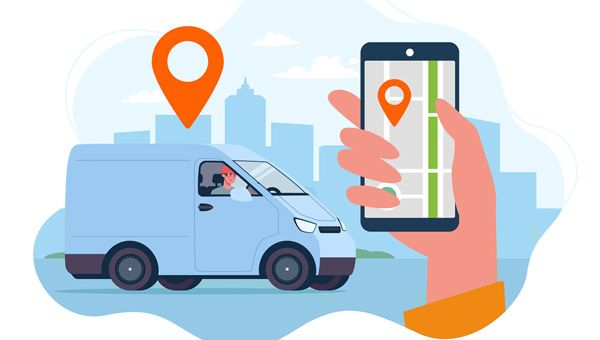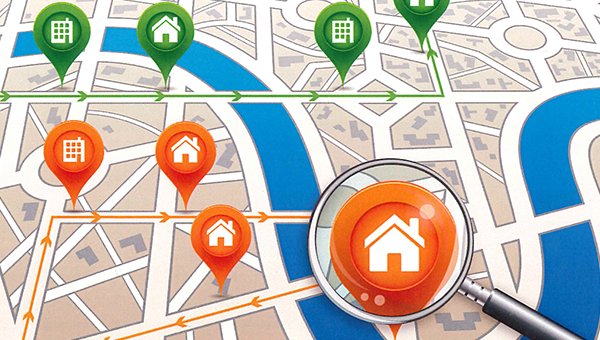The Future of Last-Mile Delivery
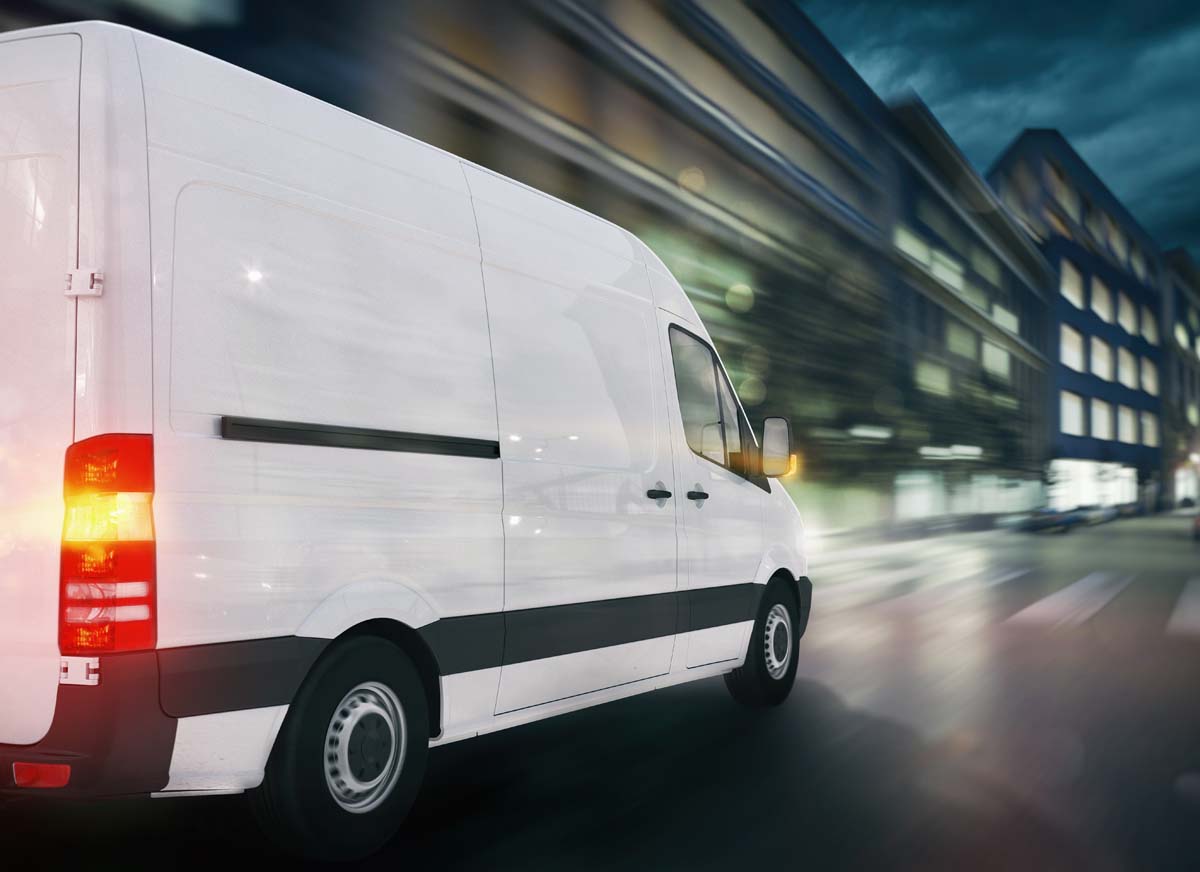
Some of the larger logistics service providers are failing to satisfy the needs of final or last-mile delivery, offering an opportunity for businesses that operate differently than the typical full-load or partial-load carrier.
Delivery companies need specialised software solutions for last-mile/same-day delivery to provide data and real-time visibility demanded by customers, data such as the name and vehicle of the driver delivering a product, the driver's estimated time of arrival (ETA), followed by proof-of-delivery notifications with photographs and possibly a customer signature.
Between 2020 and 2021, UK online retail sales grew from £112.3 billion to £129 billion, an increase of almost 15% and over triple what it was in 2015. The worldwide COVID-19 pandemic and rising customer expectations for home delivery have further exacerbated the already pressing demand for reliable last-mile delivery solutions. Delivery times, delivery windows, and delivery expenses such as diesel and drivers’ salaries are increasing as logistics and retail businesses strive to meet customer demand for items delivered to their homes. The burden on the last-mile delivery operation from all these obstacles is substantial.
Depending on the form of delivery, the final mile typically costs between 35% and 50% of the entire delivery price. It's where logistics and retail companies are most eager to apply new, cutting-edge technology that will improve delivery scheduling and optimise route planning, making last-mile delivery more efficient and dependable while reducing waste and increasing resource productivity, customer satisfaction, and the industry's competitiveness.
For the future of last-mile delivery to be successful, established and up-and-coming firms in the industry must adopt new solutions. The challenges in last-mile delivery need to be seen as a compelling catalyst for change.
Download our last mile delivery research paper.
Last Mile Delivery - Competitive Advantage
All fields marked with * are mandatory.
Please fill out the below form and submit, your download will then begin automatically
Present Market Conditions
Last-mile delivery continues to be the most costly and inefficient part of the end-to-end supply chain. Although this rapidly developing part of the transportation and logistics industry is typically the first to embrace new vehicle solutions such as Electric vehicles or drones, over the last three years last mile delivery has experienced the greatest challenges with covid-19, driver shortages, rising fuel prices and now targets to eliminate vehicle emissions.
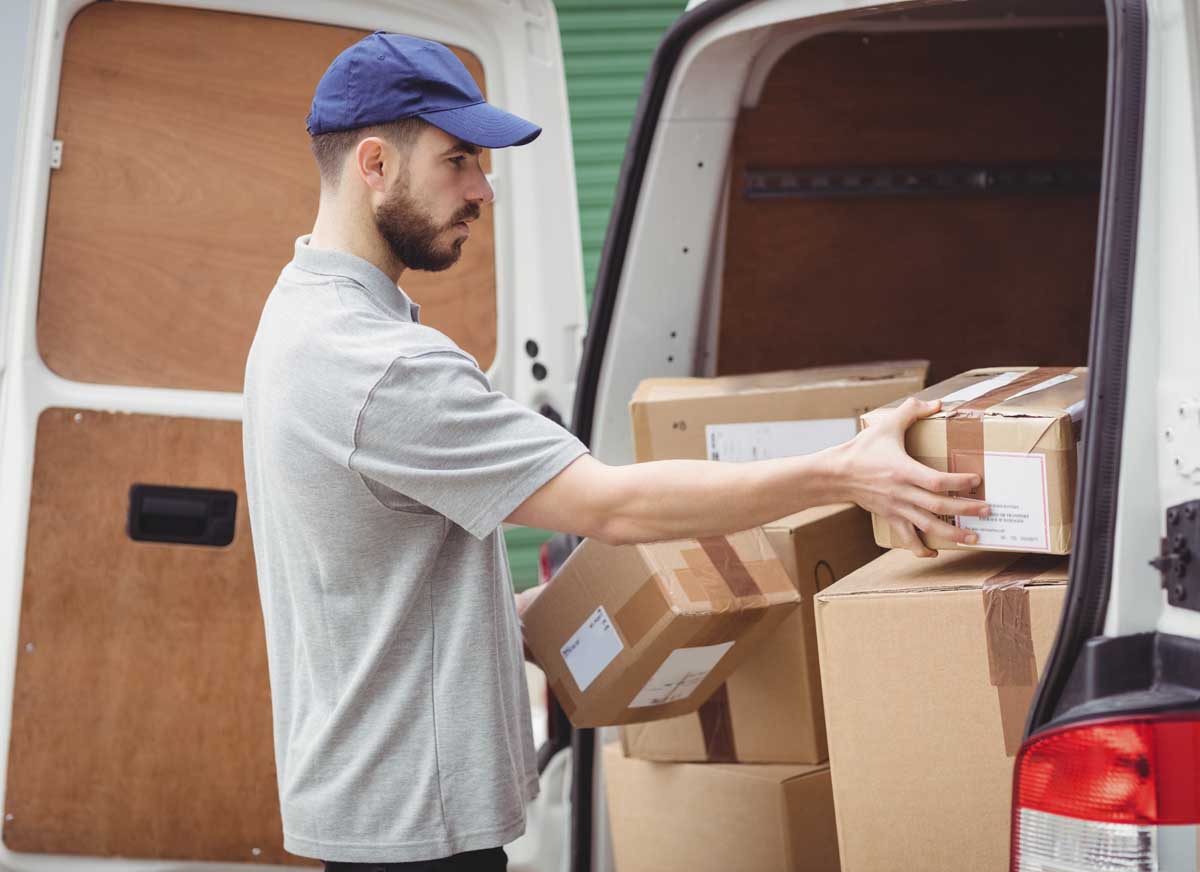
While both online sales and general package shipments increased, difficulties and expenses for retailers, delivery companies, and consumers have increased. By hiring more drivers in 2020 and 2021 as people affected by covid sort new employment, carriers were able to boost their delivery capacity and keep up with growing e-commerce volumes, but this came at the price of productivity and efficiency leading to oversight and poor management of external resources. However, there is still a shortage of drivers despite recent improvements from recruitment drives and incentives.
Solutions have also developed quickly to assist the retailer, delivery company and the consumer.. The ability to send directions and delivery instructions to a driver’s mobile device as well as allowing consumers to track packages, monitor ETA and manage a delivery from within the company’s app are just some of the useful improvements. Last-mile delivery companies are now more likely to delivery first time and in full as consumers select their own delivery times and monitor deliveries. A more advanced future is possible thanks to these technological developments.
What the Future Holds for the "Last-Mile"
According to a survey by Research, Analysts, and Insights, last-mile delivery business could grow to more than $268 billion worldwide by 2028. The innovations driving this are:
- Automated logistics company distribution centres with autonomous, self-learning applications.
- Specialised delivery and transport skills.
- The ability to recruit and retain drivers to deliver specialised shipments.
- Alternative delivery methods with customers selecting their own delivery times.
- New technology such as drones, driverless technology.
- AI & machine-learning software.
A perfect example that showcases the advancements in last-mile technology is the retailer John Lewis who has utilised the technology in its home deliveries for many years. The company originally manually planned routes but left the driver to choose the exact route for the delivery. However, in an effort to improve customer service and exceed expectations, it did away with these antiquated procedures.
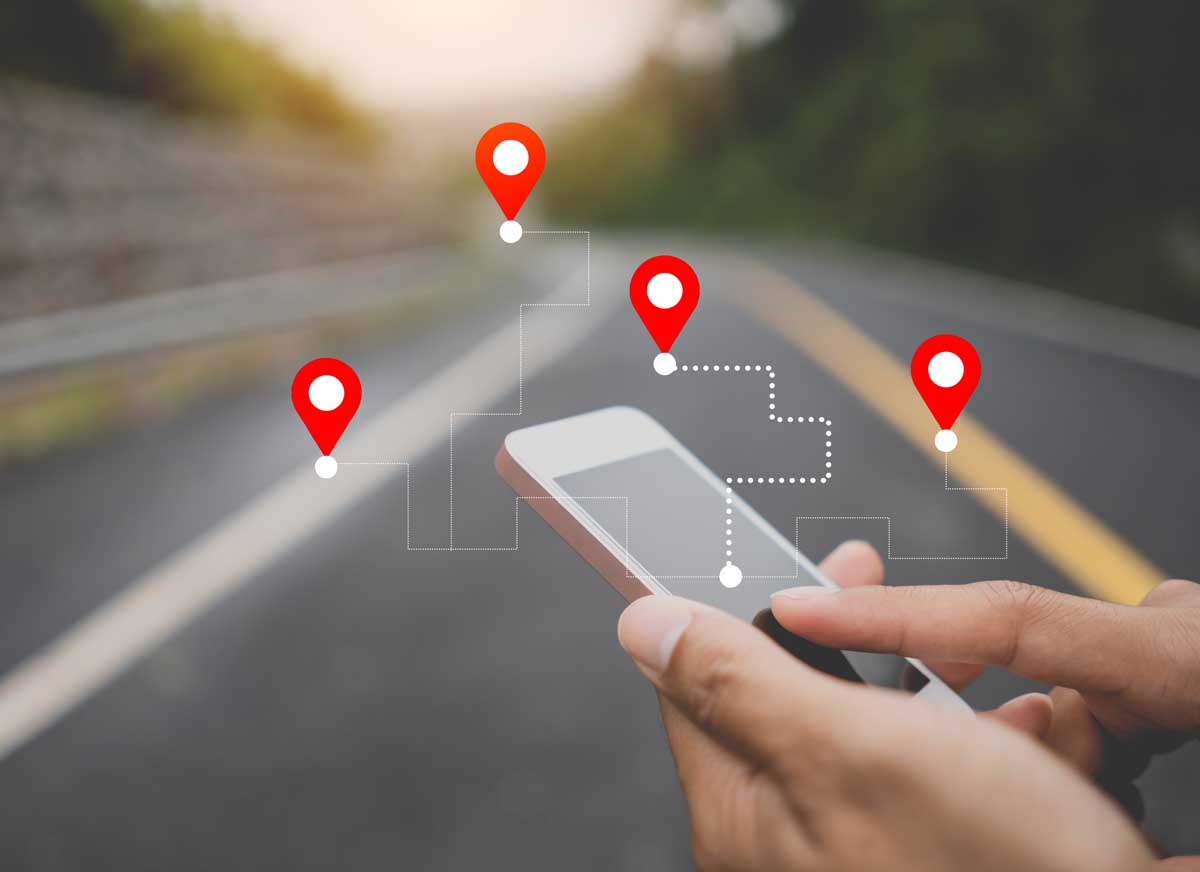
Firstly, they use a solution from Descartes that enables their customers to select their own delivery slots and value-added services such as installation at the point of sale. Descartes’ software monitors all orders and vehicle capacity, only allowing deliveries in timed slots that are possible and which improve delivery density.
John Lewis is now confident that it can reliably satisfy its customers' shorter delivery windows as a direct consequence of this.
John Lewis also integrated digital proof of delivery into all of their drivers’ mobile devices, enabling them to check the goods on their load and record delivery with contactless confirmations (POD). In doing so, John Lewis has been able to:
- Reduce the number of manual processes.
- Achieve end-to-end tracking with real-time status visibility.
- Speed up order entry with complete visibility of customers' orders without requiring them to alter their workflows.
- Enhance internal procedures with proof of delivery and reduce customer queries.
- Optimise delivery routes for its drivers to save time at the planning stage, ensuring timely delivery for their customers, and completing more deliveries each day.
The bonuses have been:
- Improved customer experience and satisfaction.
- Reduced the number of telephone queries from customers asking when they will receive their delivery.
- Increased on-time and in-full deliveries. Minimised stress for drivers as they know the routes and deliveries were realistic and achievable in their shift.
Read the full John Lewis case study
Last-mile delivery is difficult and involves many participants, however retailers and logistics service providers, whether they use an e-commerce platform, a large ERP solution, or some other technology, can easily incorporate route optimisation and delivery scheduling software into their processes to automate and streamline the last-mile delivery process.
Selecting a forward-thinking solution provider that is investing in R&D and the personnel to serve early adopters well is essential. While retailers and logistics companies themselves need to be able to adapt and be ready to take advice on solutions that can improve efficiency and increase productivity without necessarily increasing resources.
Contact us to discuss how Descartes could partner with your company and improve your last-mile logistics.


